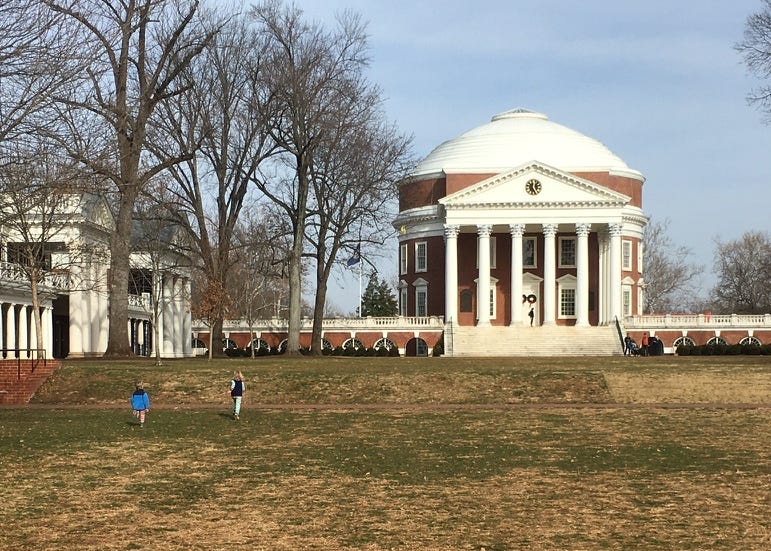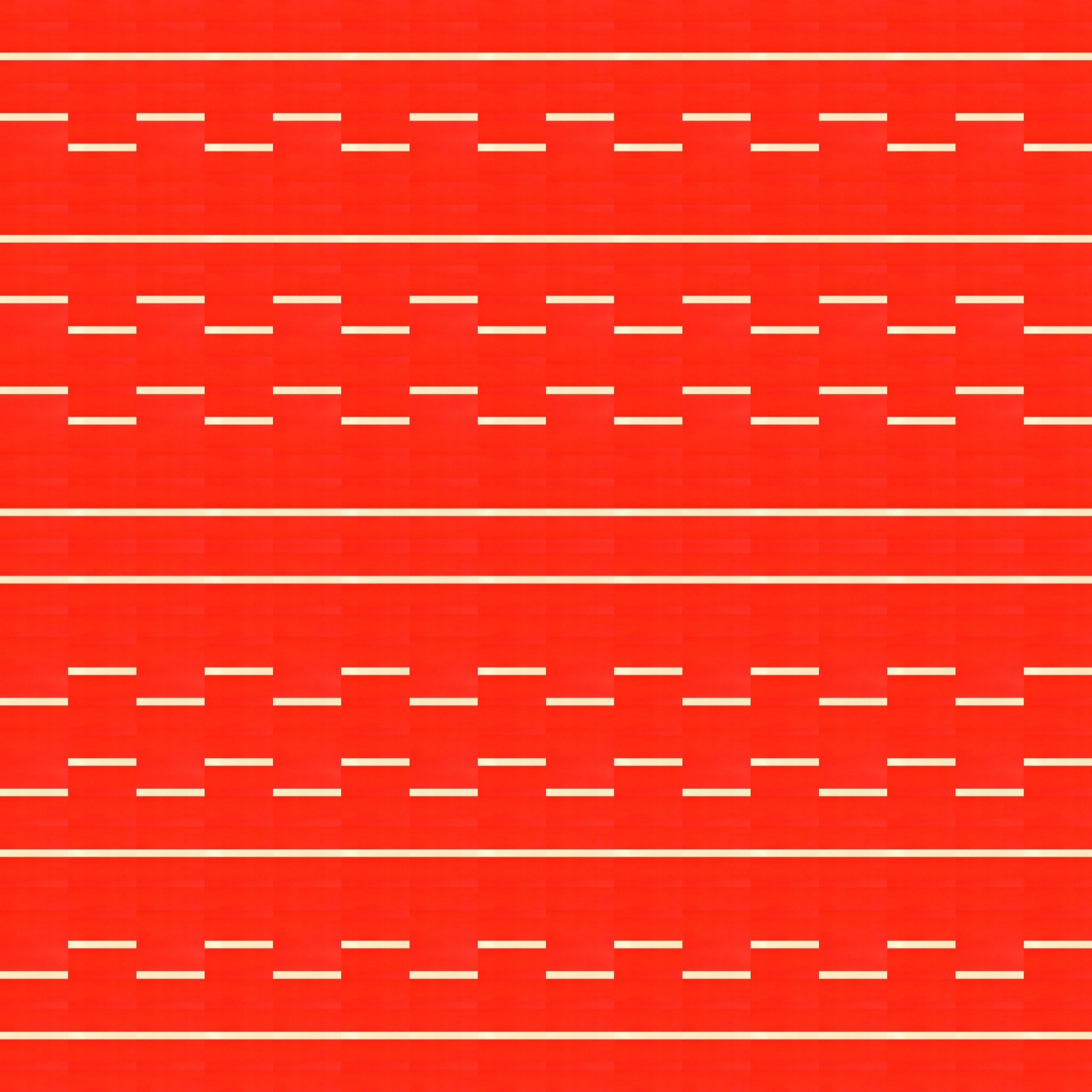Ten years ago, almost to the day, Matt and I were having a conversation vie Google chat. We got onto the evergreen topic of scholarly publishing.
Rogue Scholar Gönderileri

I started my academic career in biomedical research as faculty in the University of Virginia (UVA) School of Medicine. After eight years I jumped to industry &
I work on homomorphic encryption (HE or FHE for “fully” homomorphic encryption) and I have written a lot about it on this blog (see the relevant tag). This article is a collection of short answers to questions I see on various threads and news aggregators discussing FHE. Facts If a service uses FHE and can respond to encrypted queries, can’t the service see your query? How is it possible to operate on encrypted data without seeing it?

I’m thrilled to share the publication of our new paper published today in Nature Reviews Biodiversity : You can read the paper (free) here: https://rdcu.be/ewG5R.Read the paper (free) This Perspective paper was a global collaboration between Colossal Biosciences, the University of East Anglia, the Globe institute at the University of Copenhagen, the Mauritian Wildlife Foundation, Durrell Wildlife Conservation Trust, the government of

Some stories cannot be told quickly. At least not those important enough to linger.

The Spotify version of today’s episode can be found at this link.
The threshold of originality is the linchpin for determining whether an intellectual achievement is considered a work and therefore enjoys copyright protection. Several myths are surrounding this concept, and its application depends on the individual case. However, there are clear criteria and examples to help with this. The ‘threshold of originality’ is an undefined legal term, i.e. it is not defined in the legal text itself.

Nihon, noted
Does using machine learning solve our problem of p-hacking and HARKing or do we have the same problems as with statistical tests and models?

Introduction The EDAM ontology is used to provide conceptual organization of resources in major initiatives like ELIXIR bio.tools and Galaxy. Bioconductor’s methods and data are tagged using an ad hoc terminologic hierarchy called biocViews.
Exciting news: Symplectic, a global leader in research information management systems, has integrated ROR into its flagship platform, Symplectic Elements.